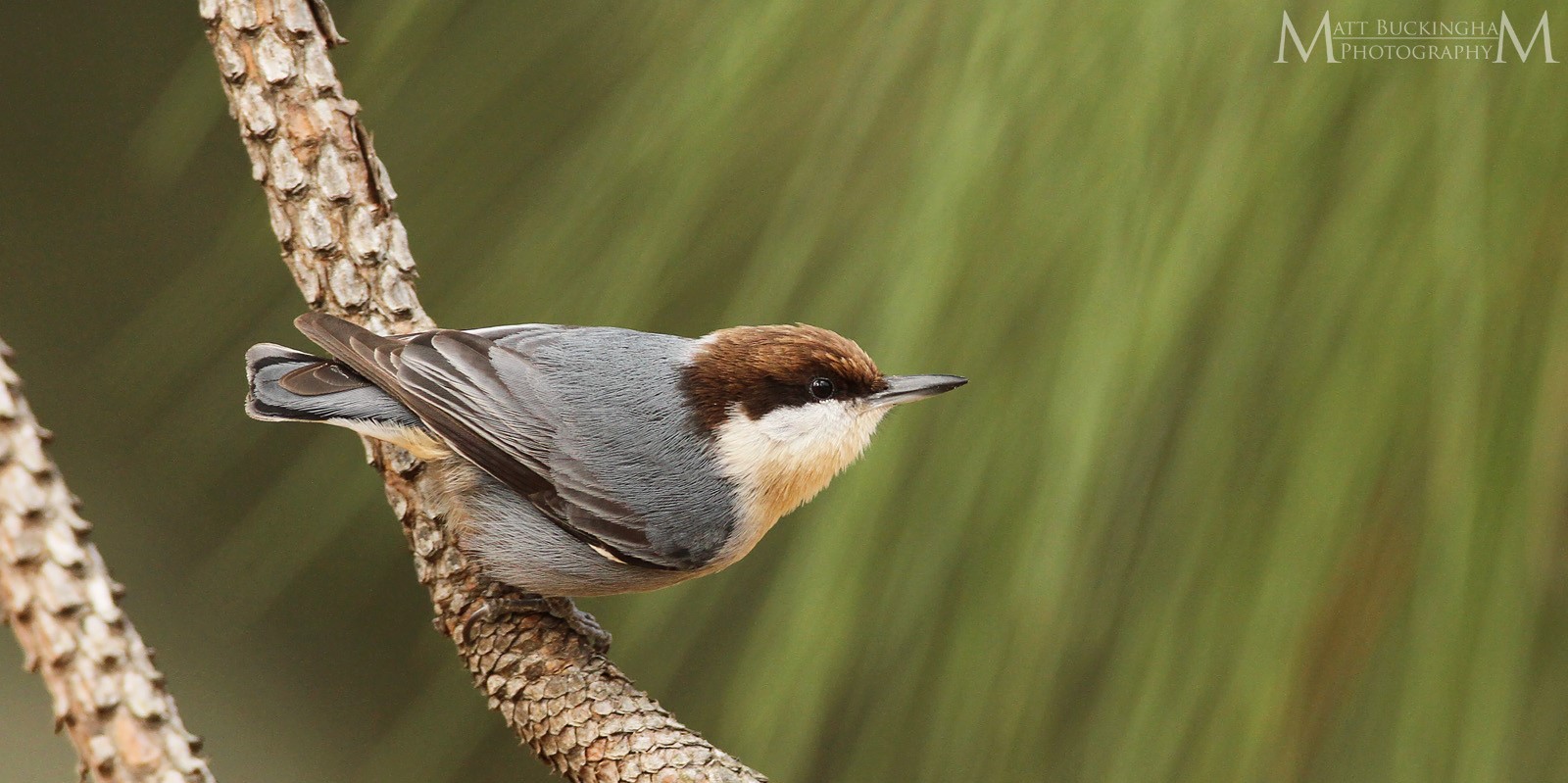Bird Species of the Longleaf Pine Ecosystem
 Blue JayNeal Lewis, National Park Service
Blue JayNeal Lewis, National Park ServiceLongleaf pine and birds go hand in hand. A well-managed longleaf pine forest that utilizes frequent prescribed burning can provide ideal habitat for a variety of bird species, as well as other wildlife. Open canopies, herbaceous ground cover, and sparse mid-story layers all point towards a healthy longleaf ecosystem. Priority bird species for conservation and popular game species alike benefit greatly from the restoration of open longleaf pine stands in East Texas.
Why Are Longleaf Forests and Woodlands Important for Birds?
A diverse group of birds uses forest habitat for food, shelter, nesting and breeding. Insects associated with the grasses, forbs, and wildflowers of the forest floor are critical for sustaining healthy bird populations. An estimated 36 percent of the bird species of the longleaf forest forage near or on the ground.
Learn more about why longleaf forests and woodlands are important for birds ➞
How Can I Learn Which Birds Use My Property?
There are a number of methods and resources that can be used to help you determine which birds are using your land.
Learn more about how you can learn which birds use your property ➞
How Can I Attract Birds to My Forest?
Land managers can intentionally manage for a particular bird species (such as the endangered Red-cockaded Woodpecker), but sound stewardship, including practices that promote long-term sustainability and plant diversity, will benefit a number of bird and wildlife species simultaneously.
Learn more about how you can attract birds to your forest ➞
Bird Species of the Longleaf Pine Forest
 Pine WarblerMatt Buckingham – A Naturalist’s Journey, Flickr, and Instagram
Pine WarblerMatt Buckingham – A Naturalist’s Journey, Flickr, and InstagramA vast number of bird species can be found within the longleaf ecosystem. Some of these birds migrate to longleaf stands during the winter, some use the area for breeding, and some reside year-round. Birds that utilize a longleaf forest’s open habitat are priority species like the Brown-headed Nuthatch, Bachman’s Sparrow, and Red-cockaded Woodpecker, and popular game species like Northern Bobwhite Quail, American Woodcock, and Eastern Wild Turkey.

